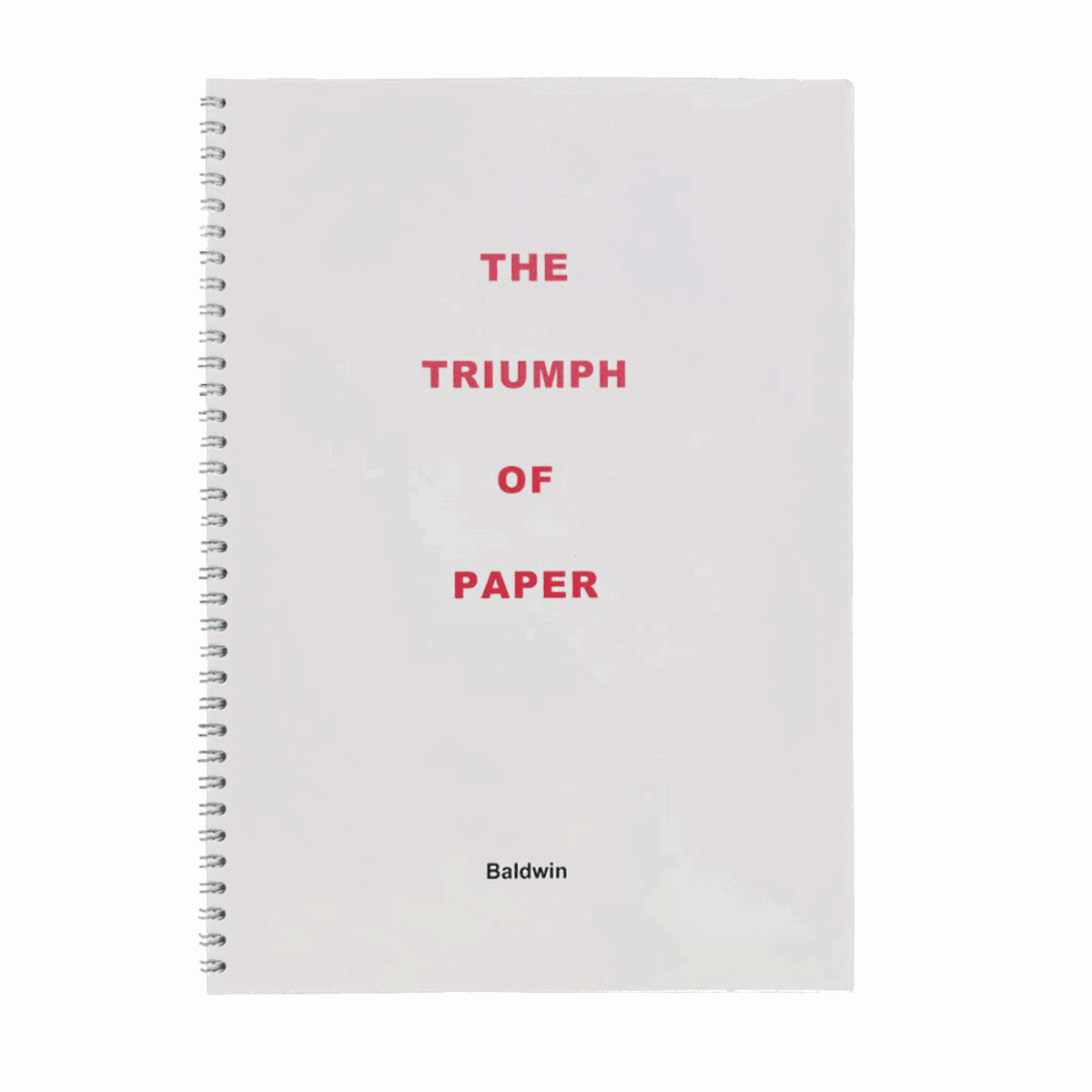The Triumph of Paper
-
-
Press Release
London, 19th February, 2025. Baldwin is pleased to present 'The Triumph of Paper'; a group exhibition investigating the pleasure and versatility of this lightweight material through the artistic practise of a number of artists, from twentieth-century modernist pioneers to contemporary artists practicing today. The twenty-one works brought together here span one hundred years of creativity and demonstrate the many uses that artists have found for paper: as a tool to develop ideas and plan works in other media, and as a self-contained medium in its own right. Paper emerges as the silent substrate of every ‘ism’, be it Dada or Pop, post-war or postmodern, the impulsive gestures of Neo-Expressionism or the systematic precision of Conceptual Art.
For enthusiasts, each work in The Triumph of Paper contains clues by which we might recognise the artist’s hand. Perhaps it’s the crisp contours and slanted hatching of a young David Hockney, already exploring the mechanics of pictorial space, or the artfully reduced outlines and graphic flatness of Andy Warhol and Roy Lichtenstein. For some artists, like AR Penck and Peter Halley, every work posits a new combination from a vocabulary of forms developed over a lifetime, each instantly recognisable and unmistakeably their own. And of course, Lowry’s famous ‘matchstick’ people are seen here traversing a modestly sized pencil drawing that somehow contains a vast and imposing landscape.
Drawings by Lynn Chadwick and Antony Gormley provide a unique insight into the importance of two-dimensional appearances to these artists best known for their sculptural work. Likewise, in Henry Moore’s Reclining Figures and Four Standing Sculpture Ideas, we see the role that drawing played in Moore’s distinctive approach to the figure, familiar to millions around the world from his monumental public sculptures.
The process of creation is similarly discernible in Francis Picabia’s pencil lines – these light, swift traces of the artist finding his way to an image before finalising it with ink. George Condo’s Portrait of Rene Ricard presents an even looser form of improvisation, in which crayon and oil paint are freely combined in a medley of handwritten text, gestural brushwork and caricatural line.
The most recent works in the exhibition, by Nicolas Party and Billy Childish, testify to the continued relevance of paper for artists working in an increasingly screen-oriented world. Computers have replaced paper in many of its more mundane uses, but as a tool for artistic endeavour paper remains an indispensable partner to the hand and mind.
Every one of us has a special appreciation for works on paper, because we’ve all made a few ourselves – though maybe not since childhood. Unlike most artist’s materials, paper is a feature of the everyday, from infant school art class to the paperwork of adult life. Perhaps that’s why works on paper afford us such a powerful sense of connection with the artist. We know the feel of a sheet of paper resting under our hand, so we can easily imagine the moment of creation as if it were happening again now, right before our eyes.
-
Publications

